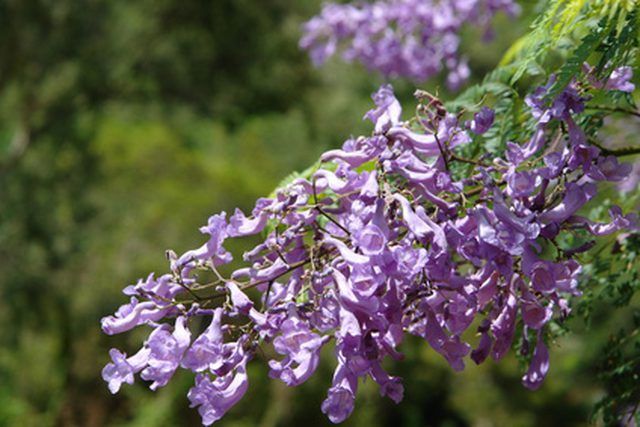Bulbs
Flower Basics
Flower Beds & Specialty Gardens
Flower Garden
Garden Furniture
Garden Gnomes
Garden Seeds
Garden Sheds
Garden Statues
Garden Tools & Supplies
Gardening Basics
Green & Organic
Groundcovers & Vines
Growing Annuals
Growing Basil
Growing Beans
Growing Berries
Growing Blueberries
Growing Cactus
Growing Corn
Growing Cotton
Growing Edibles
Growing Flowers
Growing Garlic
Growing Grapes
Growing Grass
Growing Herbs
Growing Jasmine
Growing Mint
Growing Mushrooms
Orchids
Growing Peanuts
Growing Perennials
Growing Plants
Growing Rosemary
Growing Roses
Growing Strawberries
Growing Sunflowers
Growing Thyme
Growing Tomatoes
Growing Tulips
Growing Vegetables
Herb Basics
Herb Garden
Indoor Growing
Landscaping Basics
Landscaping Patios
Landscaping Plants
Landscaping Shrubs
Landscaping Trees
Landscaping Walks & Pathways
Lawn Basics
Lawn Maintenance
Lawn Mowers
Lawn Ornaments
Lawn Planting
Lawn Tools
Outdoor Growing
Overall Landscape Planning
Pests, Weeds & Problems
Plant Basics
Rock Garden
Rose Garden
Shrubs
Soil
Specialty Gardens
Trees
Vegetable Garden
Yard Maintenance
How to Plant a Jacaranda Tree
How to Plant a Jacaranda Tree. The Jacaranda tree is an ornamental tree that features delicate fern-like foliage and lavender and blue trumpet shaped flowers. The tree is capable of reaching heights of 25 to 40 feet tall and almost the same in width, so it is not for a small area. The Jacaranda tree will grow well in USDA zones 9b to 11. Planting a...

The Jacaranda tree is an ornamental tree that features delicate fern-like foliage and lavender and blue trumpet shaped flowers. The tree is capable of reaching heights of 25 to 40 feet tall and almost the same in width, so it is not for a small area. The Jacaranda tree will grow well in USDA zones 9b to 11. Planting a Jacaranda tree is not difficult and takes no special knowledge.
Things You'll Need
Jacaranda tree
Shovel
Water
Choose a location that has rich, fertile soil and good drainage. The location will need to have full sun for the majority of the day.
Dig a hole that is at least 6 inches wider than the root ball of the tree. It will need to be deep enough to hold the entire root ball without burying any of the trunk.
Cut away or remove the wrap or container that is surrounding the root ball. Use caution to avoid damaging the roots.
Place the tree in the middle of the hole carefully. Position it so that there is space on all sides for the roots to spread.
Refill the hole with dirt. Pat it down loosely as packing it tightly will reduce airflow to the roots.
Water the soil around the tree well enough to dampen the soil at least 1 foot deep.
Tips & Warnings
If the soil in the chosen area does not have good drainage, use peat moss or other organic compost to the soil to aid in drainage.